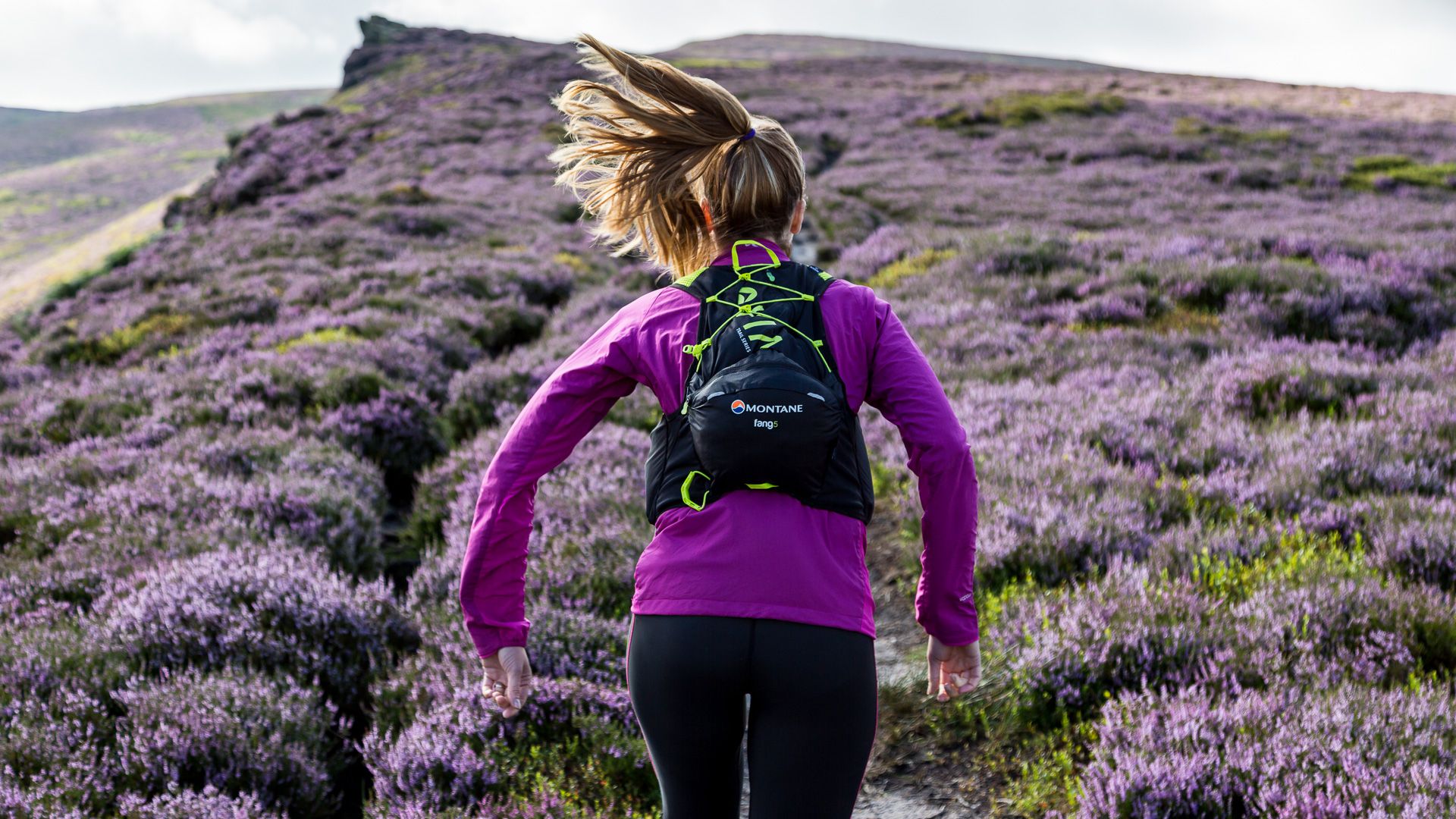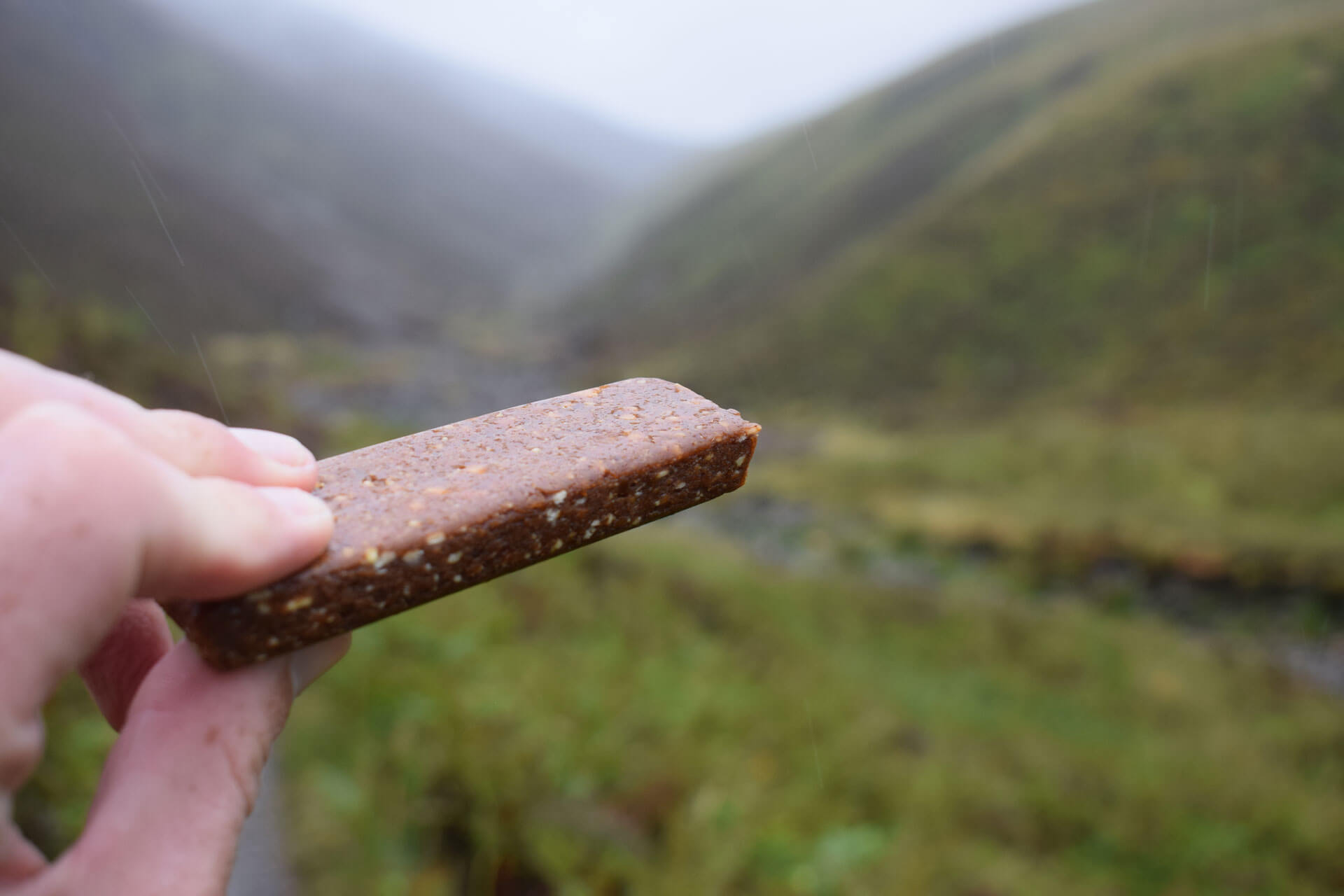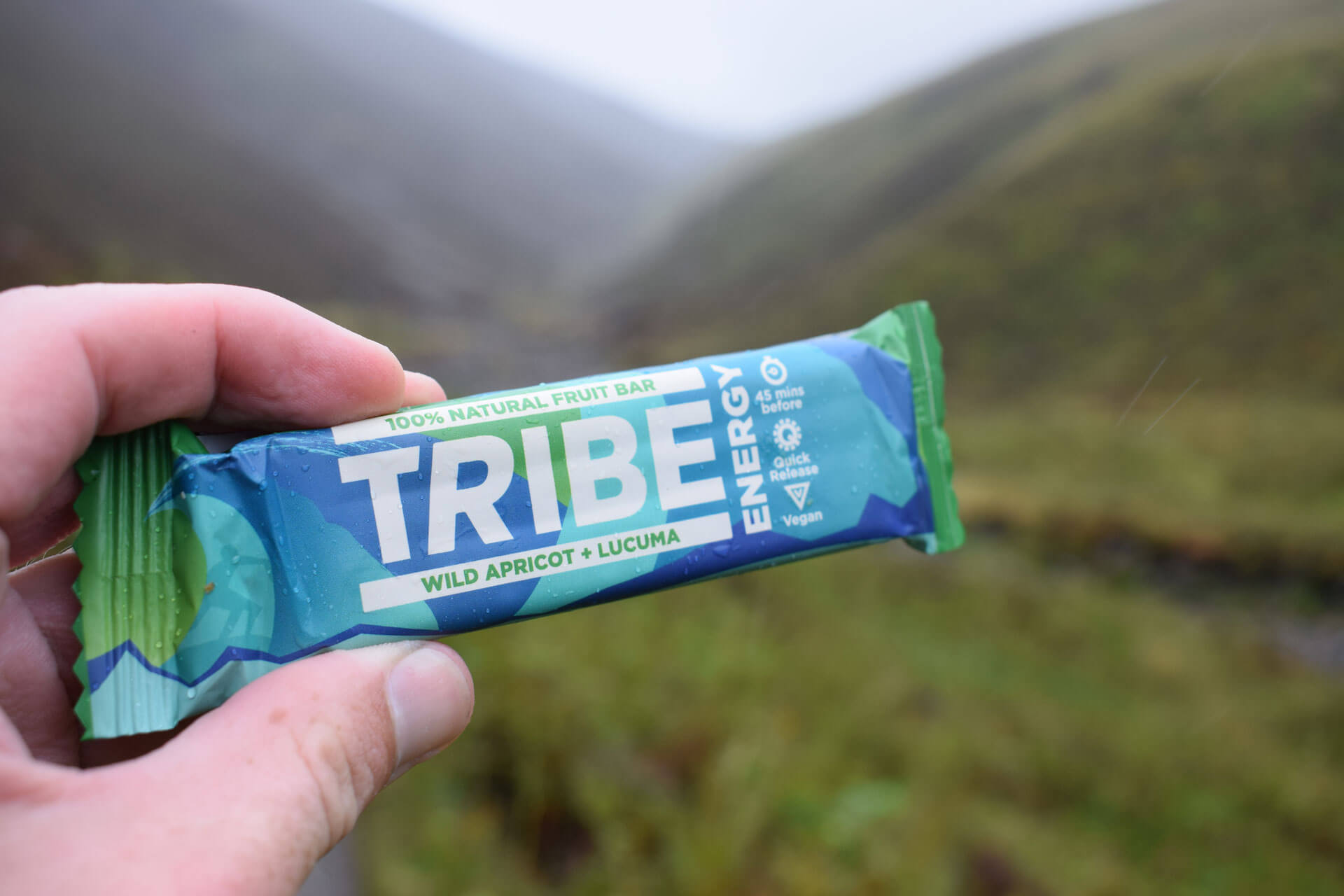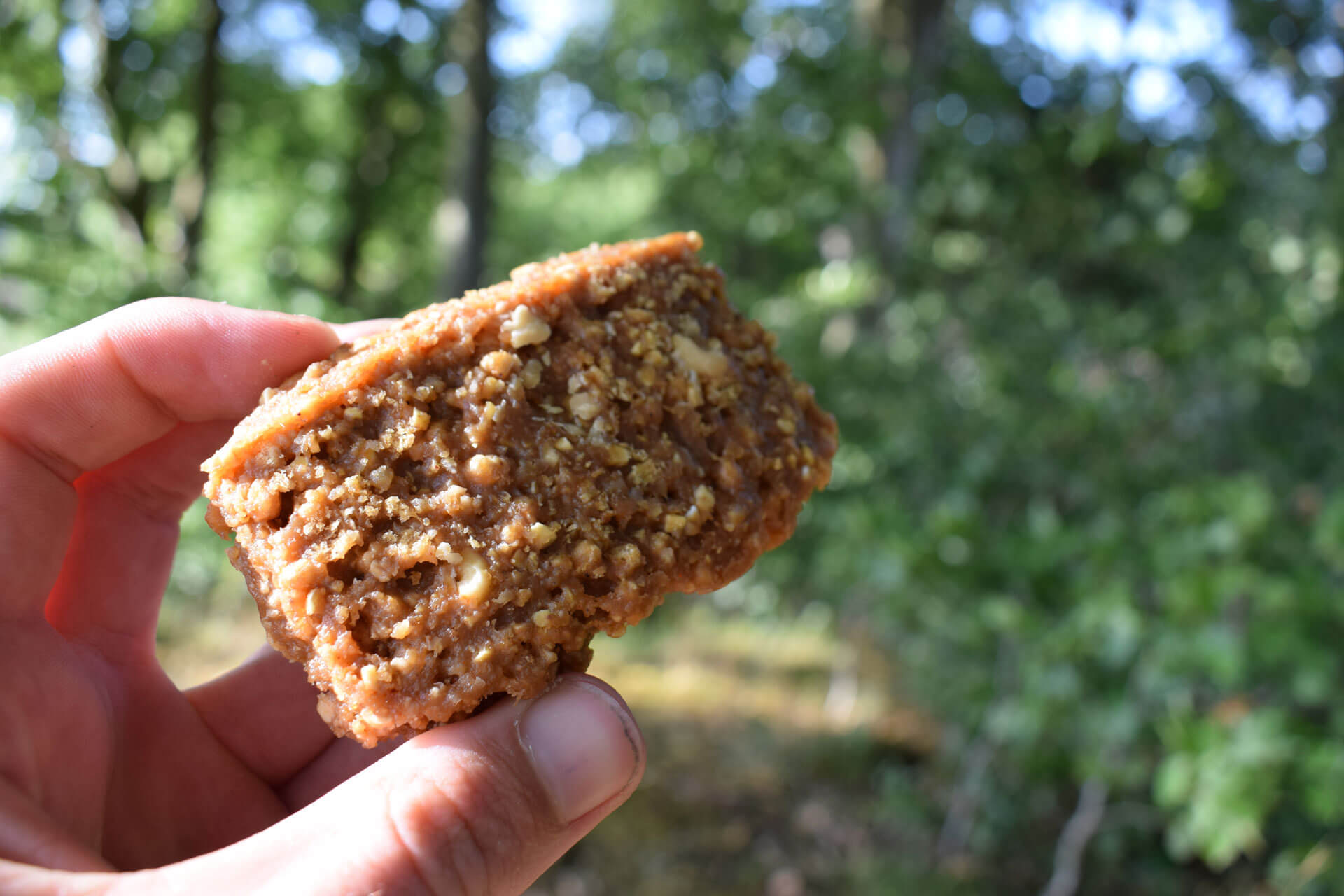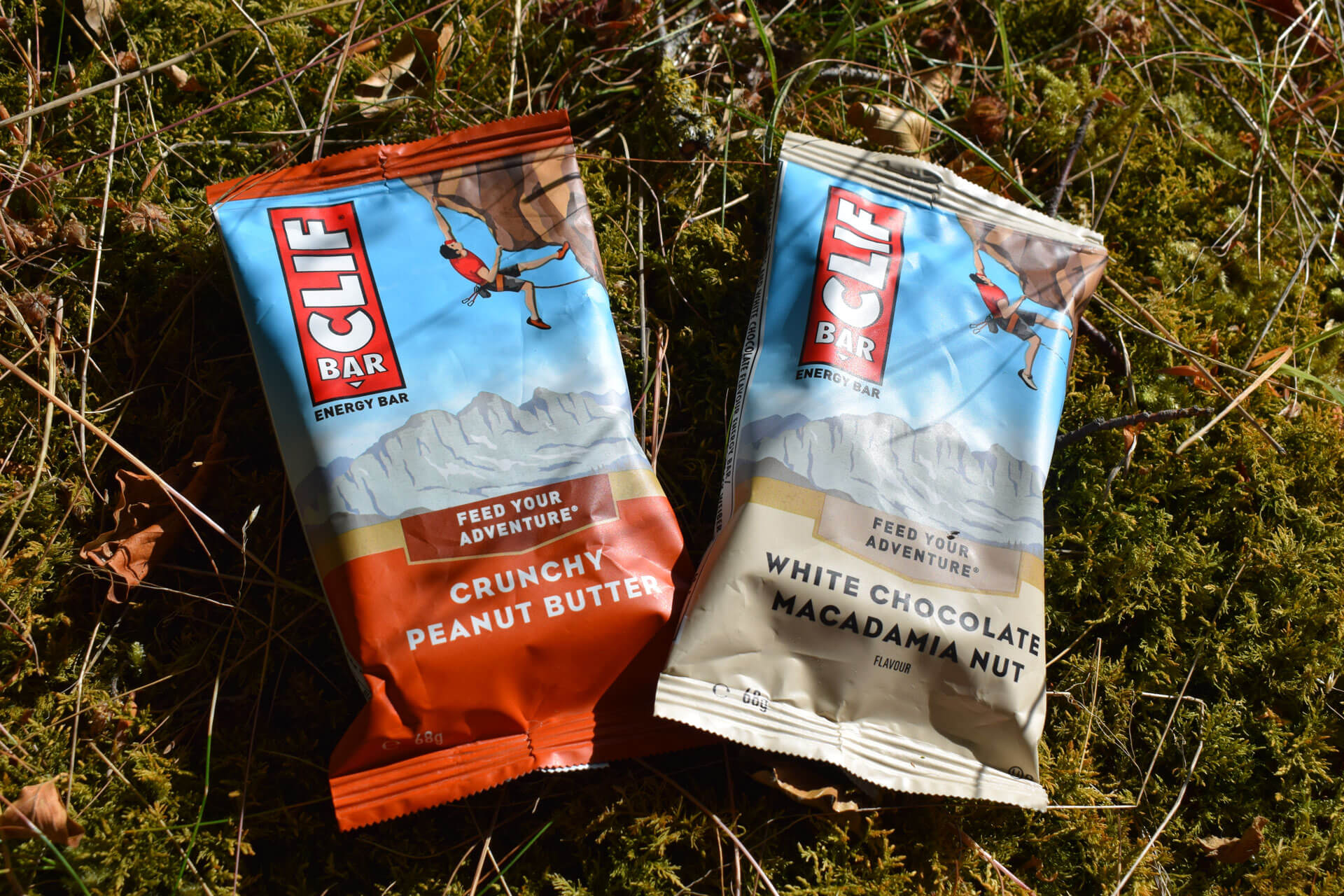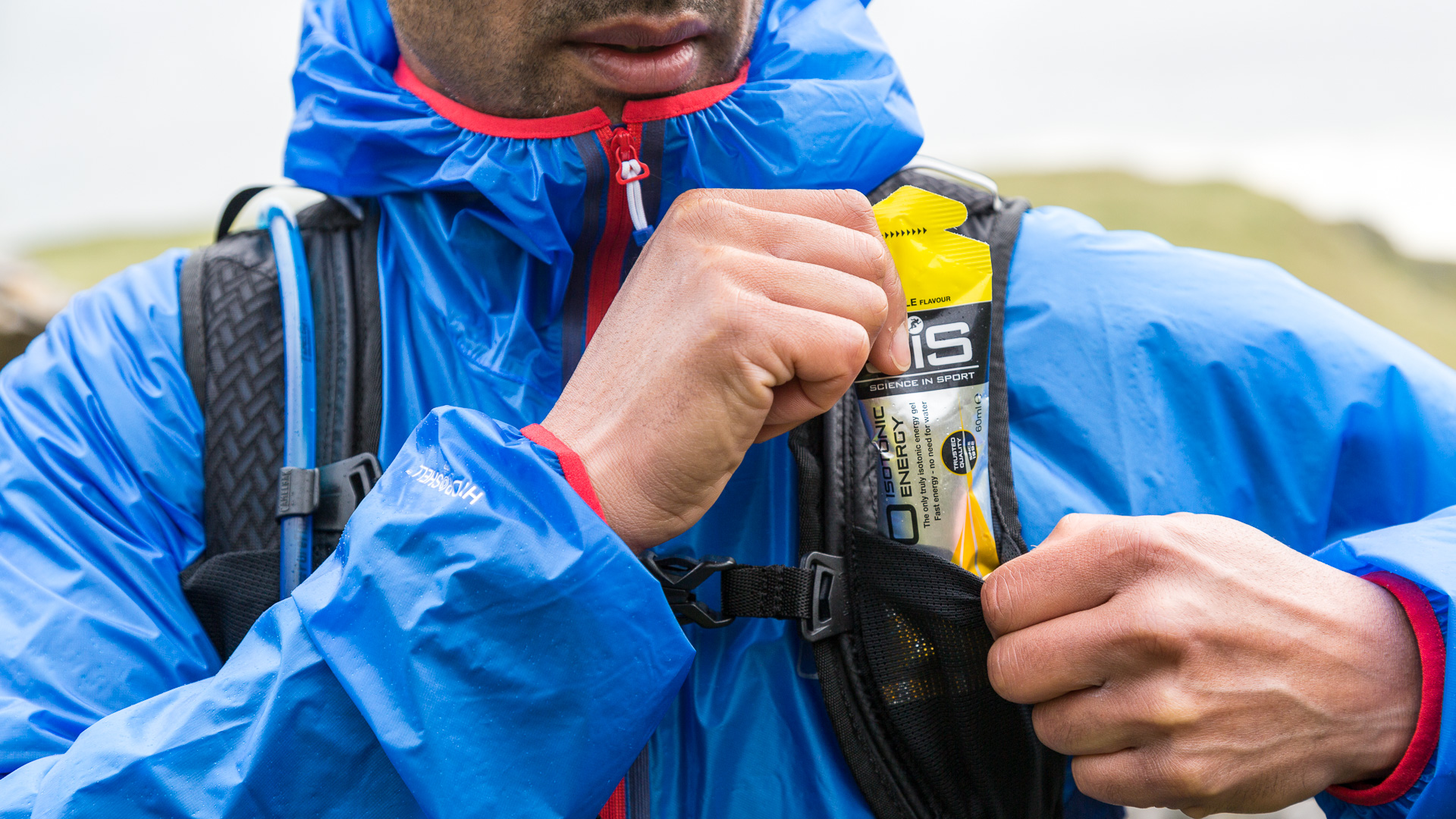There are many similarities between rival energy snack bars: they often come in the form of compacted or cold-pressed flapjacks, cookies, or cereal and fruit bars; they focus on the same ingredients such as oats, fruits, seeds, oils and sugars; and they always contain a mix of carbohydrates, proteins and fats.
But there are key differences too. Some are carbohydrate rich, others are packed full of protein, while fat content and calorie counts can vary too.
Which Energy Bar Is Right For You?
“The bar you choose is dependent on your taste preferences and goals,” says Alex Neilan, founder of The Sport Dietitian. “If improved hiking or adventure performance is your main goal then I recommend choosing a bar that is high in carbohydrate, ≥18g, and high to moderate protein, ≥10g plus. If your primary goal is to reduce body fat and maintain muscle mass then a low calorie bar of around 180-250kcal, high protein, ≥18g plus, may keep you feeling fuller for longer when adhering to a low calorie budget. These bars are usually low in carbohydrate to account for the additional protein. Either way, try and avoid sports bars that are high in dietary fat, ≥8g plus, as this may increase your risk of gastrointestinal distress during exercise.”
Therefore if you’re undertaking a short-term, low-medium intensity adventure – such as a day of mountain walking – then you probably just need a bar high in carbohydrates combined with moderate protein content, such as something like the Chia Charge salted caramel flapjack (44g carbohydrate, 5g protein). Such a bar – which will probably be branded an ‘energy bar’ – can be eaten before or during exercise and will provide a mix of slow and quick release energy to keep you climbing. Protein is less important in this scenario because you are unlikely to be operating at a protein deficit, especially if you have meat or fish for dinner when you get home from the mountains.

If you’re also aiming to lose weight through your adventures, then an energy bar lower in calories and fats, such as the High5 banana bar (180kcal, 2.4g fat) might be right for you.
Alternatively, if you’re undertaking a longer-term or medium-high intensity adventure – such as a thru-hike or an ultra marathon – then you too will benefit from energy bars throughout each day.
But bars loaded with protein will also be relevant and useful. These products, which are often specifically labelled as ‘protein bars’ or ‘protein flapjacks’, aid recovery post-exercise, support muscle and weight gain, and act as a meal replacement while on the go. They are generally designed to be eaten after your adventure. So, if you are putting your muscles through an extreme workout and want to focus on quick recovery and/or muscle growth, then a product such as the TRIBE goji berry and coconut ‘protein recovery’ bar (11g protein) might be your best option.
Similarly, if you are wild camping for weeks on end and unable to consume sufficient protein in your regular diet, then a product such as the PRIME chilli and red pepper beef bar will meet your needs.
There are other considerations too: price, availability, size, suitability for the weather (will it freeze or melt?), and taste. The latter is probably the most important. But it is, naturally, very subjective.
Looking For Trail Snack Advice?
To accompany this trail snack nutrition guide we’ve put together a list showing our pick of the best energy bars for hiking. In that you’ll be able to find 16 different snacks, including the ones mentioned above, with a detailed description of what they’ll offer you for your trail-based adventures.

